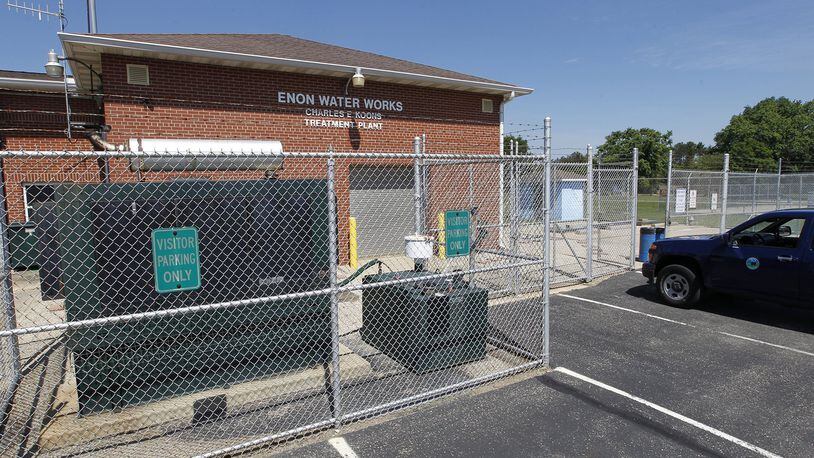READ MORE: ODNR grants extension to comment on Clark County gravel pit request
The plant is located in the 2600 block of Enon Road, next door to the wellfield for the village of Enon. It was once known as Stemun Manufacturing Co. It was used to manufacture stampings, stamping assemblies, window regulators, binges, dipsticks and other products.
It later changed its name to Muncy Corp. in 1971 and to REM Investments Inc. in 1996.
The property was sold to James O’Dell Miller in May 2012. Court documents state an environmental addendum was included in the purchaser agreement. It informed the new owner of orders laid out by the Ohio EPA in 1994.
Miller died in October 2016 and Shannon M. Gossett is now the administrator of the estate. She declined to comment and directed all questions to her attorney Patrick Rife. He didn’t return calls seeking comment.
DETAILS: Clark County: Another permit needed to approve proposed gravel pit
The Ohio Environmental Protection Agency issued a Director’s Final Findings and Orders in March 1994 to the Muncy Corp., according to court documents.
In its orders, the Ohio EPA alleged the groundwater under the plant and a nearby wellfield was polluted by contaminants from the plant, the lawsuit says, even though there was no evidence that the manufacturer had released any pollutants into the environment.
The orders directed the former owners to investigate, as well as pay the state agency for its time and expenses used to investigate and oversee the cleanup.
When the company changed its named to REM, the lawsuit alleges that it removed 150 tons of soil from its property per instructions by the Ohio EPA. The company also installed a system on site to clean the groundwater to comply with the Ohio EPA’s standards for public drinking water, according to court documents.
The village of Enon then discovered its wells were contaminated and made plans to monitor its water supply, Enon Mayor Timothy Howard said.
MORE COVERAGE: Springfield leaders to vote on $24M hazardous waste dump cleanup plan
“We put in place what’s called a groundwater source protection program,” he said. “There are monitoring wells throughout the wellfield and around the perimeter and also on that property that are analyzed and are tested on a regular basis.”
Those steps were taken so the village could be aware of and track contamination if it happened again, Howard said.
No one in the village reported any illnesses from the water.
Enon’s drinking water is safe now, the mayor said, and has been for years. The village continues to monitor it and is above and beyond the Ohio EPA recommendations, he said.
The former owner of the plant also sued the Miller estate for past and future costs that arise from the enforcement of the state’s pollution laws, according to court documents.
In a statement about the lawsuit, Dan Tierney, spokesman for the Office of Ohio Attorney General Mike DeWine said: “Pursuant to Ohio law, the Ohio Attorney General’s Office serves as legal counsel in court and statutory debt collector for all state agencies, including Ohio EPA.”
In-depth coverage
The Springfield News-Sun examines important stories that affect your health, including recent coverage of the overdose epidemic and a year-long series on efforts to improve health conditions in Springfield.
By the numbers
$604,000: Approximate amount Ohio EPA says it spent overseeing cleanup
20: Approximate number of years ago contamination occurred
150: Tons of soil removed from manufacturing plant per Ohio EPA instructions
Source: Ohio Attorney General’s Office lawsuit
About the Author
